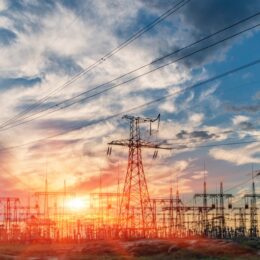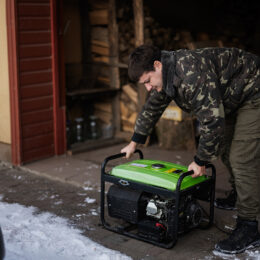

Energy Advisor, Tipmont REMC
By Kevin Carpenter
For many, “new technology” can be defined as “replace your current devices, usually at a substantial cost.”
But here’s some good news: some new appliances and systems will instead help you keep more money in your wallet.
Over the last few decades, technology has changed virtually every aspect of life: people can watch movies at the press of a button and they can speak in real time to people on the other side of the globe. Computers have impacted virtually every element of society. Fortunately, the greater controls offered by Wi-Fi-enabled devices and equipment also can help people improve their home’s energy use.
Wi-Fi Outlets and Power Strips
New Wi-Fi-enabled outlets and power strips allow you to better control power going to appliances and devices. These outlets can be controlled by mobile devices and can include features such as timers and sensors that can turn devices on when activated. Wi-Fi-enabled power strips provide these options for even more devices. They limit the energy wasted when devices remain on when not in use and even decrease “vampire loads.” Vampire loads are caused by high energy use from appliances and devices that continue to draw power when plugged in. Some Wi-Fi-enabled outlets even work with home energy monitors to help homeowners better understand how appliances and devices use energy in their homes.
Wi-Fi Appliances
Wi-Fi-enabled appliances — including refrigerators, clothes washers and dryers, and dishwashers — can help reduce energy use and minimize waste. If your appliances are close to 10 years old, you may want to start planning to replace them. You can visit the ENERGY STAR® website for the list of appliance models that have garnered its certification as energy efficient models.
New Wi-Fi-enabled devices help you control energy use in your home and many also come with efficiency settings for even greater energy savings. For more information on energy-saving devices and ideas, visit EnergyStar.gov, or contact your local electric cooperative’s energy advisor for details.



